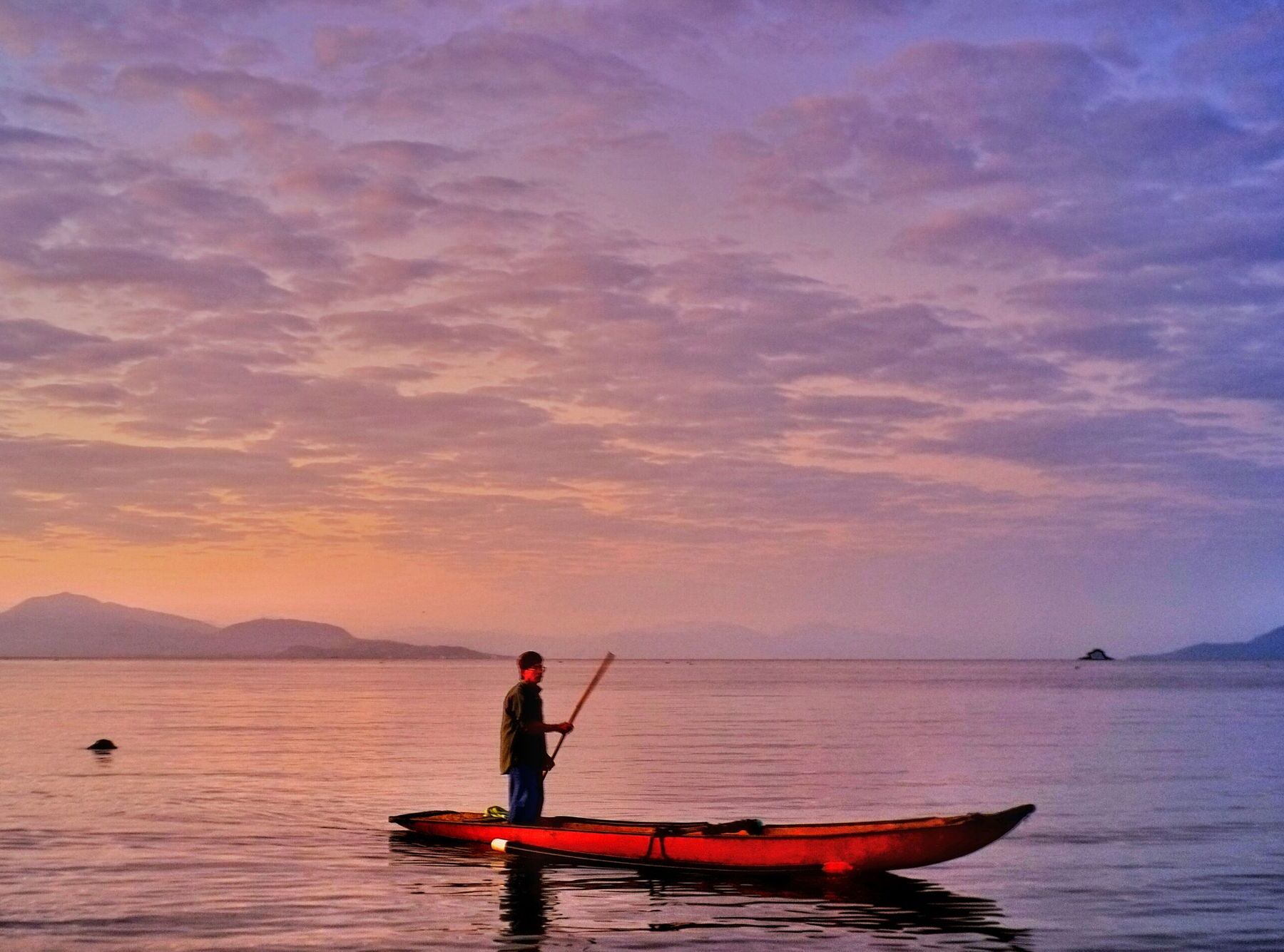
Laguna de Bay, the largest lake in the Philippines, holds a treasure trove of fascinating facts. Nestled between the provinces of Laguna, Rizal, and Metro Manila, this expansive body of water spans over 900 square kilometers. But what makes it truly special? Laguna de Bay is not just a natural wonder; it’s a vital resource for millions. From providing water for irrigation to being a hub for fishing, this lake plays a crucial role in the daily lives of many Filipinos. Did you know it’s also a hotspot for biodiversity? With numerous species of fish, birds, and plants, Laguna de Bay is a living testament to nature’s splendor. Ready to dive into more intriguing facts about this iconic lake? Let’s get started!
24 Facts about Laguna De Bay
Laguna De Bay, the largest lake in the Philippines, is a vital resource for the country. Its rich history, diverse ecosystem, and economic significance make it a fascinating subject. Let's dive into some intriguing facts about this natural wonder.
Historical Significance
Laguna De Bay has played a crucial role in the history of the Philippines. Here are some historical facts that highlight its importance.
-
Ancient Settlements: Early human settlements around Laguna De Bay date back to prehistoric times. Archaeological findings suggest that ancient communities thrived along its shores.
-
Spanish Era: During the Spanish colonization, the lake was a significant transportation route. It connected Manila with the provinces of Laguna and Rizal.
-
World War II: The lake witnessed several battles during World War II. It served as a strategic location for both Japanese and Allied forces.
Geographical Features
The lake's unique geographical features make it a remarkable natural landmark. Here are some facts about its physical characteristics.
-
Size: Laguna De Bay covers an area of approximately 911 square kilometers, making it the largest lake in the Philippines.
-
Depth: The average depth of the lake is about 2.8 meters, with the deepest point reaching around 20 meters.
-
Islands: The lake contains several islands, the largest being Talim Island. These islands are home to various communities and wildlife.
Biodiversity
Laguna De Bay is a biodiversity hotspot, supporting a wide range of flora and fauna. Here are some facts about its ecosystem.
-
Fish Species: The lake is home to over 30 species of fish, including tilapia, milkfish, and catfish. It is a vital source of livelihood for local fishermen.
-
Bird Sanctuary: Several migratory bird species visit the lake, making it an important bird sanctuary. Birdwatchers often flock to the area to observe these avian visitors.
-
Aquatic Plants: The lake's waters support a variety of aquatic plants, including water hyacinths and lotus. These plants play a crucial role in maintaining the lake's ecological balance.
Economic Importance
Laguna De Bay is not just a natural wonder; it also plays a significant role in the local economy. Here are some economic facts about the lake.
-
Fisheries: The lake's fisheries industry provides livelihood to thousands of families. It contributes significantly to the local economy.
-
Agriculture: The fertile lands around the lake are ideal for agriculture. Farmers grow rice, vegetables, and fruits, benefiting from the lake's water resources.
-
Tourism: Laguna De Bay attracts tourists with its scenic beauty and recreational activities. Boating, fishing, and birdwatching are popular among visitors.
Environmental Challenges
Despite its beauty and importance, Laguna De Bay faces several environmental challenges. Here are some facts about the issues affecting the lake.
-
Pollution: Industrial and domestic waste has led to significant pollution in the lake. Efforts are being made to address this issue and restore the lake's health.
-
Overfishing: Overfishing has depleted fish stocks in the lake. Sustainable fishing practices are being promoted to ensure the lake's long-term viability.
-
Invasive Species: Invasive species, such as the janitor fish, pose a threat to the lake's native biodiversity. Control measures are being implemented to manage these species.
Conservation Efforts
Various initiatives are underway to protect and preserve Laguna De Bay. Here are some facts about the conservation efforts.
-
Government Programs: The Philippine government has launched several programs aimed at cleaning and rehabilitating the lake. These initiatives involve community participation and collaboration.
-
NGO Involvement: Non-governmental organizations (NGOs) play a crucial role in conservation efforts. They conduct awareness campaigns and implement projects to protect the lake.
-
Community Action: Local communities are actively involved in preserving the lake. They participate in clean-up drives and advocate for sustainable practices.
Cultural Significance
Laguna De Bay holds cultural importance for the people living around it. Here are some cultural facts about the lake.
-
Festivals: Various festivals are celebrated around the lake, showcasing the rich cultural heritage of the region. These events often feature traditional music, dance, and food.
-
Folklore: The lake is steeped in folklore and legends. Stories about mythical creatures and historical events are passed down through generations.
-
Art and Literature: Laguna De Bay has inspired many artists and writers. Its beauty and significance are often depicted in paintings, poems, and stories.
Scientific Research
Laguna De Bay is a subject of extensive scientific research. Here are some facts about the studies conducted on the lake.
-
Water Quality Monitoring: Scientists regularly monitor the lake's water quality. These studies help in understanding the impact of pollution and devising strategies for improvement.
-
Biodiversity Studies: Research on the lake's biodiversity provides valuable insights into its ecosystem. These studies aid in conservation efforts and policy-making.
-
Climate Change Impact: Scientists are studying the effects of climate change on Laguna De Bay. Understanding these impacts is crucial for developing adaptive measures.
The Final Splash
Laguna de Bay, with its rich history and vibrant ecosystem, stands as a testament to nature's wonders. From its origins as a volcanic crater to its role in local livelihoods, this lake is more than just a body of water. It's a living, breathing entity that supports countless species and communities. The lake's unique features, like the floating fish pens and the diverse flora and fauna, make it a fascinating subject for anyone interested in natural wonders.
Understanding Laguna de Bay's importance helps us appreciate the delicate balance of our environment. It reminds us of the need to protect and preserve such treasures for future generations. Whether you're a nature enthusiast, a history buff, or just someone who loves learning new facts, Laguna de Bay offers something for everyone. Dive into its depths, and you'll find a world brimming with life and stories.
Was this page helpful?
Our commitment to delivering trustworthy and engaging content is at the heart of what we do. Each fact on our site is contributed by real users like you, bringing a wealth of diverse insights and information. To ensure the highest standards of accuracy and reliability, our dedicated editors meticulously review each submission. This process guarantees that the facts we share are not only fascinating but also credible. Trust in our commitment to quality and authenticity as you explore and learn with us.


